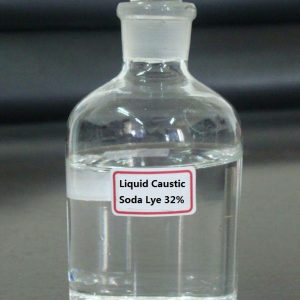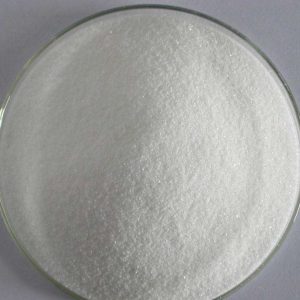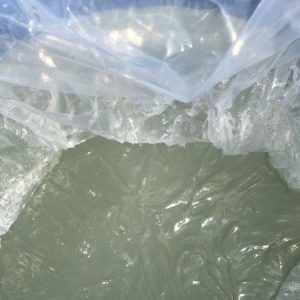Description
Hydrogen peroxide (H₂O₂) is a familiar name, often recognized as the bubbling liquid in brown bottles used to disinfect minor cuts. However, the strength of this common household staple is a far cry from its concentrated sibling: 35% hydrogen peroxide. This potent solution, while sharing the same chemical name, possesses vastly different properties and requires a significantly greater level of caution and understanding.
What Makes Hydrogen Peroxide Different?
The hydrogen peroxide you find in most drugstores typically has a concentration of 3%, meaning it’s 97% water and a small percentage of hydrogen peroxide. The 35% version, on the other hand, boasts a far higher concentration, making it significantly more reactive and powerful. This increased potency gives it a wider range of applications but also necessitates extreme care in its handling.
Uses of 35% Hydrogen Peroxide: A Powerful Tool
Due to its high concentration, hydrogen peroxide is primarily used in industrial, agricultural, and food processing settings. Common applications include:
Industrial Bleaching: It’s a potent bleaching agent used in textiles, paper, and other industrial processes.
Water Treatment: Its strong oxidizing properties make it effective in purifying water, removing contaminants, and controlling algae.
Rocket Propellant: In some applications, it’s used as an oxidizer in rocket fuel.
Sanitizing and Disinfection (Professional Use): In specific dilutions, it can be used to sanitize surfaces and equipment, particularly in food processing and agricultural environments.
Medical Research and Laboratory Use: Its powerful oxidizing properties are valuable in research and scientific applications.
Hydroponics: In properly diluted forms, it can be used to oxygenate the roots in hydroponic systems.
Why You CANNOT Use 35% Hydrogen Peroxide Like the 3% Version
It’s crucial to understand that 35% hydrogen peroxide is not safe for direct personal use like the dilute 3% solution. Here’s why:
Highly Corrosive: Direct contact with skin or eyes can cause severe burns, blistering, and tissue damage.
Toxic if Ingested: Swallowing 35% hydrogen peroxide is extremely dangerous and can cause internal burns, organ damage, and potentially death.
Respiratory Irritant: Inhaling the vapors can cause irritation to the respiratory tract.
Highly Reactive: It can react violently with metals, certain materials, and organic matter, leading to fire or explosions.
Potential for Chemical Burns: Even diluted solutions not used correctly will cause chemical burns and skin irritation.
Safety Precautions: Handling with Utmost Care
Due to its potential dangers, handling 35% hydrogen peroxide should only be done by trained professionals with proper equipment and following strict safety protocols. If you encounter this chemical, you should observe the following precautions:
Proper Ventilation: Always work in a well-ventilated area to avoid inhaling vapors.
Personal Protective Equipment (PPE): Wear appropriate PPE, including chemical-resistant gloves, goggles, and protective clothing.
Dilution: Always dilute 35% hydrogen peroxide to appropriate levels for the intended use. This generally requires a scientific understanding and a specific process.
Avoid Contact: Prevent any contact with skin, eyes, and mucous membranes.
Storage: Store in a cool, dark, and well-ventilated area away from flammable materials and incompatible chemicals.
Emergency Procedures: Be aware of emergency procedures in case of spills or exposure.
The Bottom Line: Respect the Power of 35% Hydrogen Peroxide
While 35% hydrogen peroxide has valuable applications across various industries, it is not a consumer product and should not be handled by untrained individuals. Never attempt to use it in place of standard 3% hydrogen peroxide. Its high concentration makes it a potentially dangerous substance that requires strict adherence to safety protocols. If you require hydrogen peroxide for personal use, stick to the 3% solution readily available at pharmacies and grocery stores. And if you have any questions about 35% hydrogen peroxide, consult a professional.
By understanding the potent nature and inherent risks associated with 35% hydrogen peroxide, we can utilize its benefits safely and responsibly, while avoiding potential harm.







Reviews
There are no reviews yet.